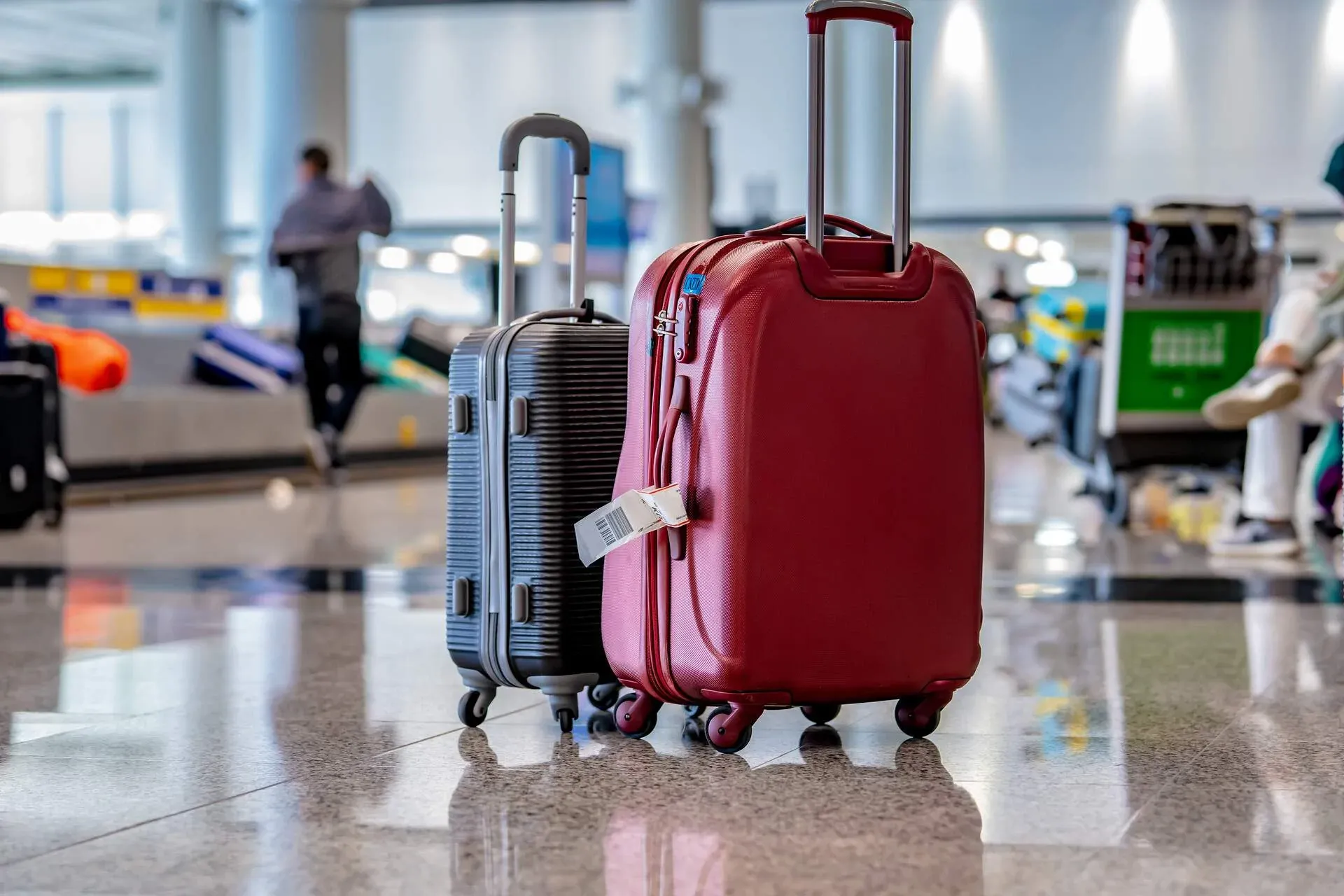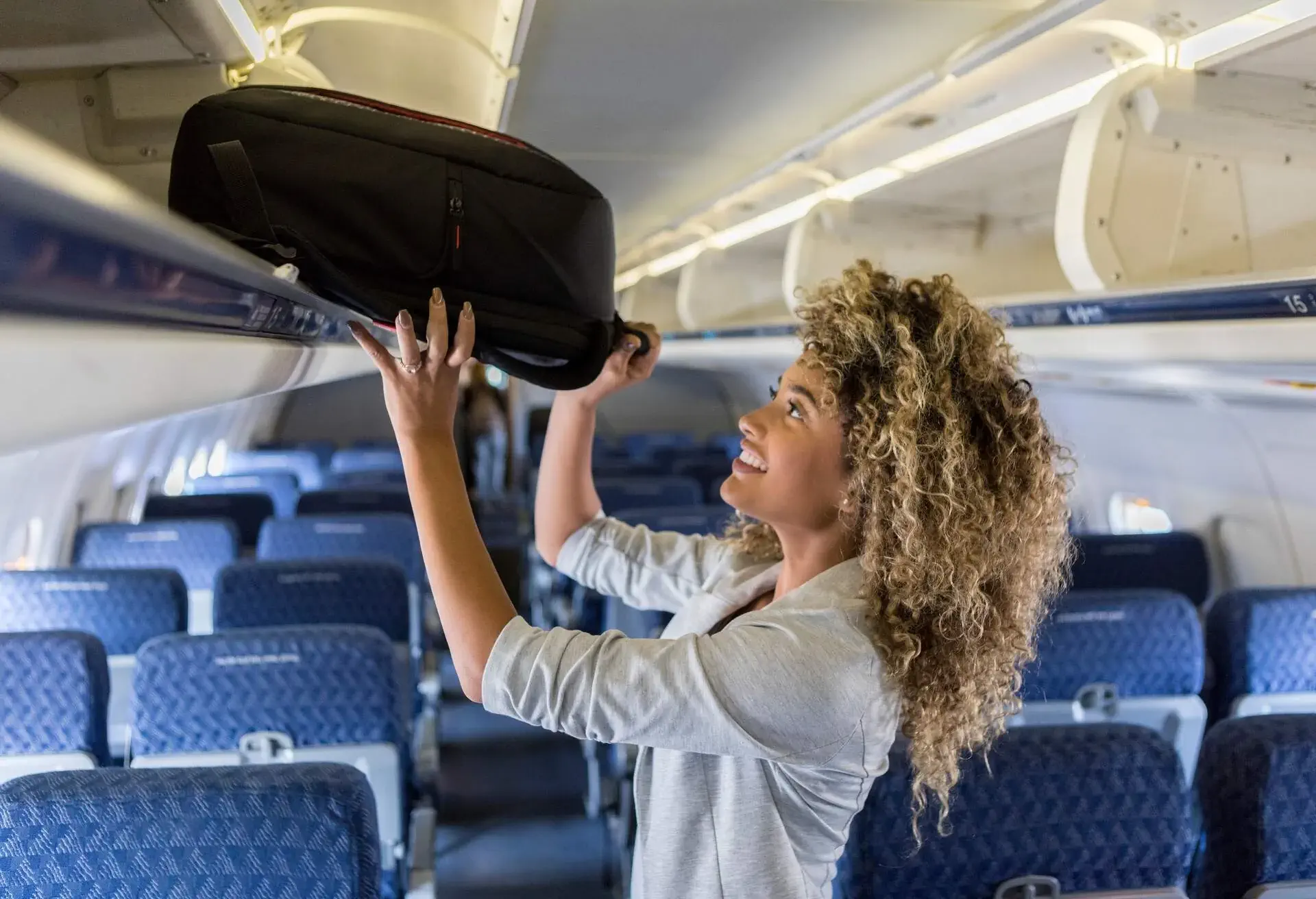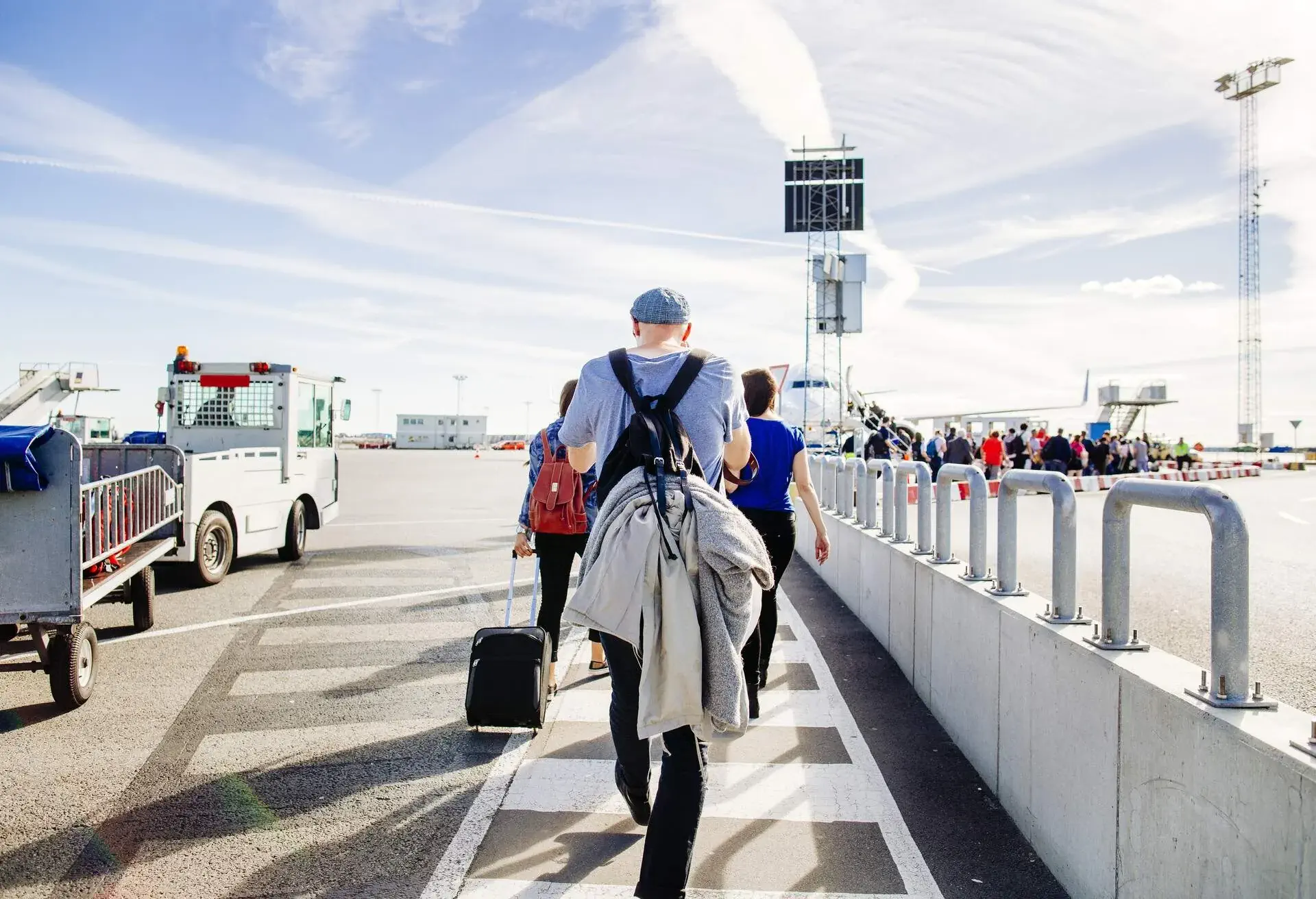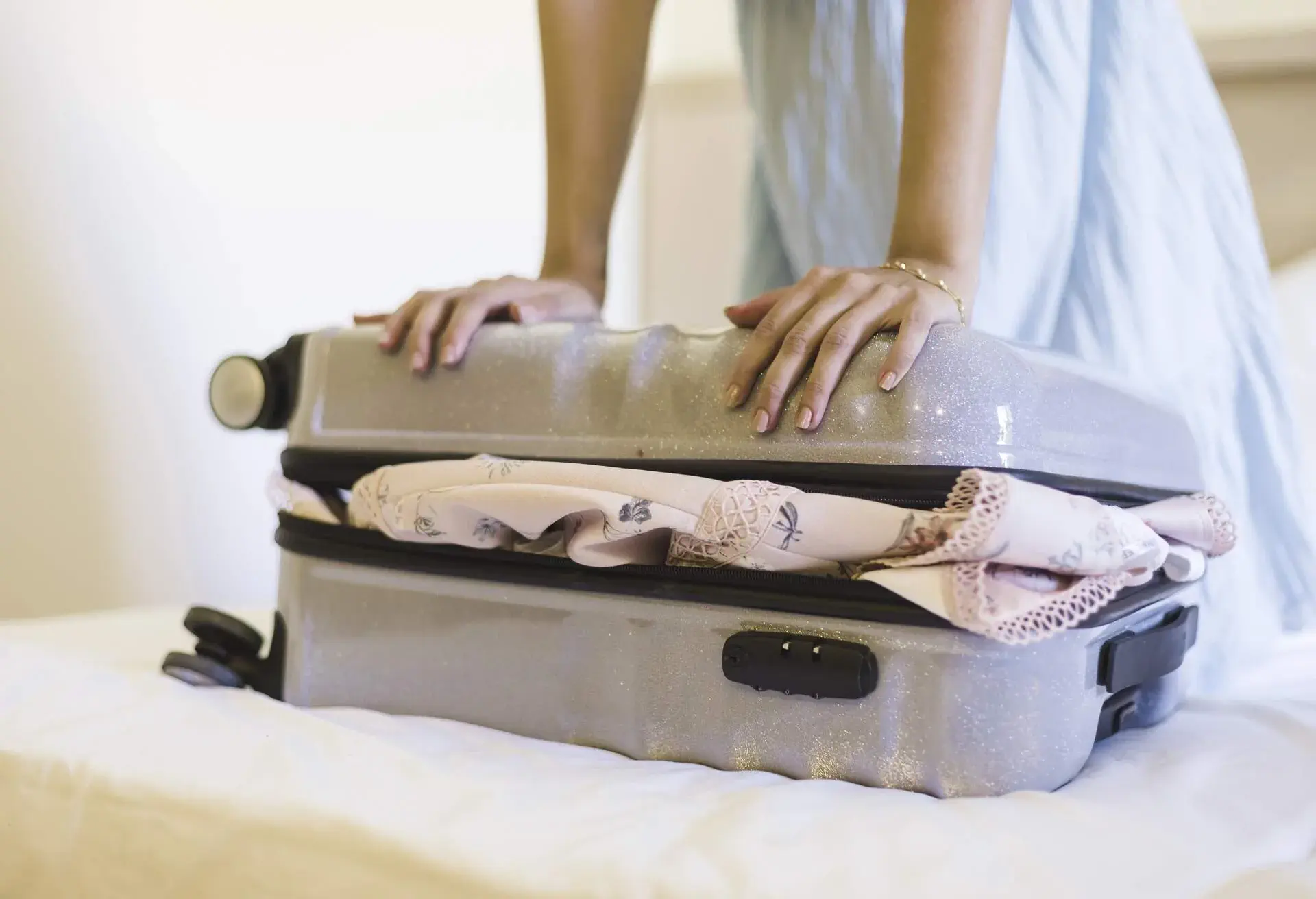There are few bigger buzzkills to a trip than arriving at your destination only to find your bags haven’t. The endless wait at the carousel. The lingering hope your bags are simply the last off the plane.
The slow realization as your fellow passengers disperse that yep, your luggage is lost. The growing sense of panic about what to do next. None is conducive to a fun vacation or fruitful business trip.
Statistically though, it’s still highly unlikely that you’ll suffer the blight of lost luggage. With more than 99% of all checked bags making it to their destination intact and on time, you’re very unlucky if yours does go missing. But that doesn’t mean you shouldn’t be prepared.
Knowing what happens if an airline loses your luggage and what to do next can save time, effort and money. Not to mention your vacation. Here I’ll walk you through what you need to know about lost luggage, from how often airlines lose bags to how to claim lost baggage compensation.
Why do airlines lose luggage?
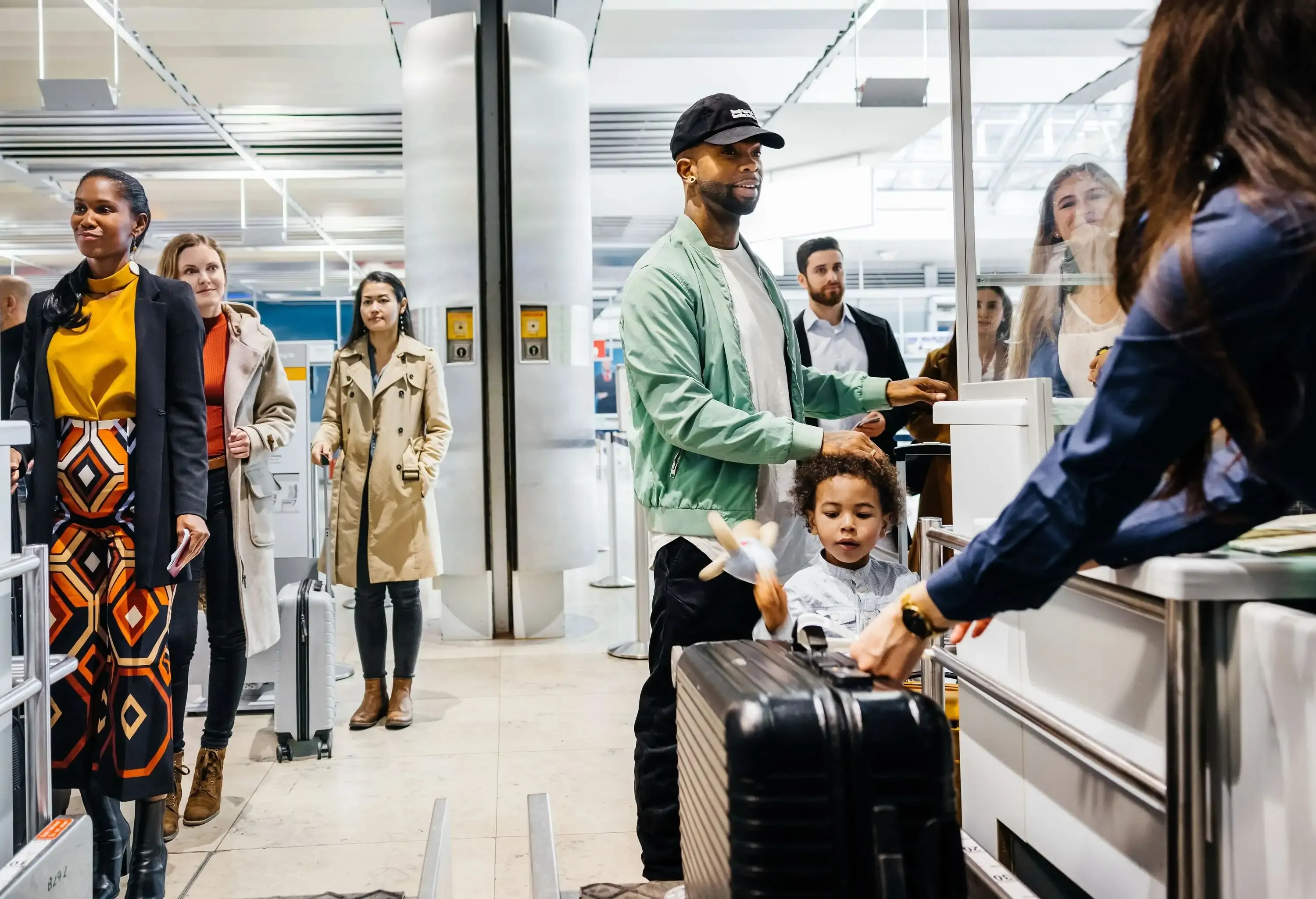
The reasons for delayed and lost luggage are manifold. While all airlines and airports use incredibly high-tech logistical and tracking solutions, nothing is foolproof. The most common causes include:
Tight layovers
By far the most common reason for lost luggage is tight connections between transfers. Unloading, processing and transferring the right bags to the right connecting planes is incredibly complex. Doing it under serious time pressure only increases the likelihood of mistakes being made. When bags are delayed in transit, they may be left at the airport to make sure they don’t delay the next flight.
Misrouting and rerouting
A natural consequence of tight layovers (though not the only reason behind it) is bags getting misrouted to wrong destinations. You fly from NYC to London, but your bag instead flies to Amsterdam – not ideal. Misrouting isn’t always accidental though. Unexpected factors like adverse weather may force airlines to change destinations at short notice.
Human error
With so many bags going to and from so many places, mistakes are inevitable. That can happen at any stage of the travel process, from ticketing to security, enplaning to carousel allocation.
System failures
Many major airports and airlines have made global headlines when technical problems have ground baggage transfer and allocation to a halt. This can result in catastrophic numbers of delayed and lost bags, which only makes it harder to sort and identify them quickly and efficiently.
Predefined restrictions
Should bags be too big or too heavy, or a plane become overloaded, they may be delayed to later flights.
How often does luggage get lost?
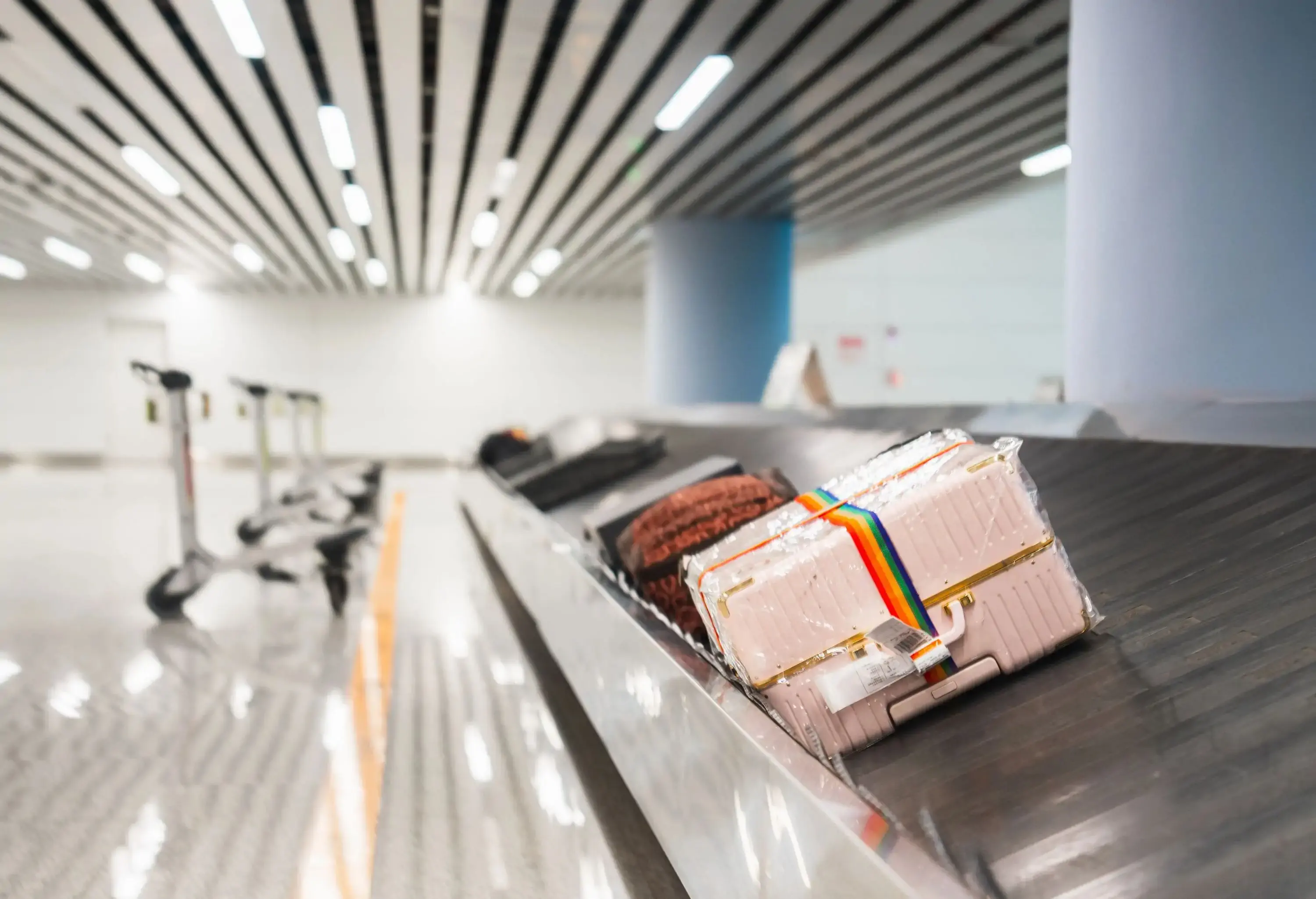
According to the International Air Transport Association (IATA), more than four billion bags are carried by airlines globally each year. Of these 99.57% arrive on time. Despite that impressive statistic, it still means many passengers arrive without their luggage.
On domestic flights in the US in 2023, passengers reported more than 2.8 million pieces of checked luggage as lost, damaged, delayed or stolen.
According to the US Bureau of Transportation Statistics, even the worst offending US airline (American Airlines) ‘mishandled’ only 0.76 of every 100 checked bags. To put that in context, AA customers reported 800,200 bags mishandled from more than 105 million checked in. These numbers are undoubtedly staggering and perhaps shine a light on why some bags inevitably get lost.
What to do if your luggage is missing or lost
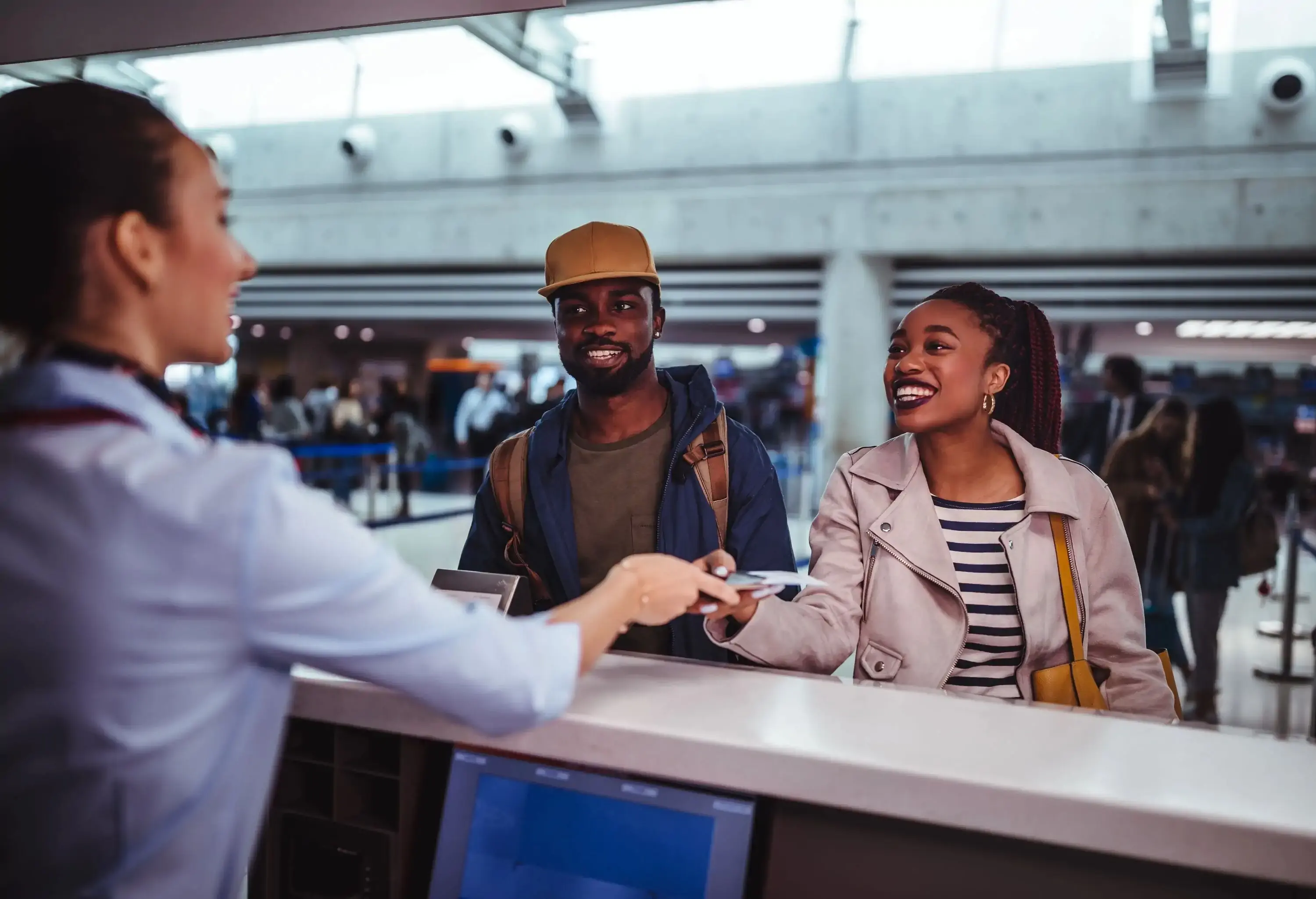
The first and most important step is to not panic! It’s easy to get overwhelmed by the thought of not seeing your belongings again. It’s even easier to immediately assume your entire trip is ruined. Most luggage is found and returned to its owners within 48 hours. If it isn’t found within five days, most airlines then consider the bag lost for good.
When my bags didn’t arrive with me for a week-long trip to the Seychelles I got them back only in time for the flight home! I spent the entire week in a $5 Hawai‘ian shirt and boardshorts, much to the amusement of my friends and confusion of my fellow Raffles Seychelles guests. If only I’d known my rights to lost luggage reimbursement and compensation rights at the time.
Here’s a simple five-step plan to deal with your lost or missing luggage.
1. Search the baggage hall thoroughly
On a recent plane to train transit through Frankfurt Airport, my bag didn’t materialize on the designated carousel. I waited for several hours, begged (and argued) with the ground crew and was told they had no idea where it was but it would “turn up eventually.” At the end of my tether, I went exploring only to find my bag looping eternally around a carousel far from the one it was allocated to.
Although I was happy to get it back, I received zero compensation for my missed train ticket across Germany. The moral of the story is to conduct a search yourself before asking for help. Check every available carousel. Search those random mountains of unclaimed bags that seem to accumulate in every baggage hall. Leave no dark corner unchecked. Only once you’re sure it’s not there should you report it as lost.
2. File a missing or lost luggage report
Once you’re sure your bags aren’t coming, report them as missing right away. Most airlines have dedicated baggage claim or lost luggage desks directly in the baggage hall. Filing a report and checking all the necessary boxes is vital if you’re going to track down your missing luggage. If you’ve transferred between airlines, you need to speak to the carrier from your last flight.
The more detailed the information you can provide, the better. Color, size, brand, easy-to-identify features and of course your luggage tag from check-in will speed up the process. If you have photos of your luggage, share them. Some airlines also now have bag tracker apps, so they may be able to help right away.
Make sure to include your contact details, both at home and where you’re staying while away. Equally important, don’t leave without a phone number for the lost luggage desk, the name of the person you spoke to and a case reference or tracking number. I always take photos of any forms as an easy backup should I need them.
3. Know your lost baggage compensation rights
Not all airlines are created equal and as such, not all compensation policies cover the same things. Ask exactly what the airline you’re dealing with is willing to offer in compensation and how it might reimburse you. There are legal requirements in play and you have rights as a passenger, although these vary by country. In my experience, this is often an “if you don’t ask, you don’t get” scenario.
Some carriers are ready prepared with things like amenity kits or even child car seats if yours has gone AWOL. This will depend on what’s lost, whether you’re returning home or are overseas, and what the timescale is. In all cases you’ll need to have filed a reimbursement claim within an allocated period that varies between airlines.
4. Stay in constant contact
Don’t be afraid to hassle and hustle the airline to find your bags. In my experience, the more visible (annoying!) you are, the more likely they’ll be to try and resolve the case quickly.
If and when your bag is found, make them deliver it to you wherever you are. It’s the airline’s responsibility after all, and they should cover any costs involved. This should work no matter if you’re back home, staying nearby or even if you’re flying on to another destination.
5. Shop for essentials and keep your receipts
The waiting game can be stressful, but it doesn’t mean you have to suffer without the things you need. Most airlines will cover your reasonable expenses for any essentials you may need. Check their policies and if in doubt, ask at the lost baggage desk what’s covered.
This doesn’t give you carte blanche to go wild with a new wardrobe and lavish dinners out. It does mean you can pick up toiletries, medication and even a basic change of clothes. In all cases, keep your original receipts for everything you intend to claim.
Here are the basic policies of some US airlines for delayed (but not yet considered lost) baggage:
Compensation for lost luggage

All airlines have lost baggage compensation policies in place. These are defined by the airlines themselves and can vary according to your frequent flyer status, the tickets you’ve bought and the route you’re flying.
In the US, DOT regulations for domestic travel and treaties for international travel mean airlines are required to compensate passengers if their bags are damaged, delayed, or lost. In the EU, a similar rule known as EU261 covers passenger rights. A great organization to lean on is IATA, the trade association for the world’s airlines. Representing 340+ airlines and over 80% of global air traffic, it helps formulate industry policy on critical aviation issues.
The difference between delayed, lost and damaged baggage compensation
Delayed baggage means your bags didn’t arrive at their expected destination on time but are eventually returned to you. In this case, you can claim compensation for necessary expenses while you’re waiting to be reunited with it.
Lost baggage means the airline couldn’t find your baggage after a reasonable period (usually five days but can be up to 14). This entitles you to compensation for the full value of the lost items in your bags, within their defined limitations of liability.
Damaged baggage means your bags arrived (late or not) but with new, visible damage to them. This could be broken locks, zips, handles or wheels. This means you can claim compensation for repairs or a complete replacement depending on the extent of the damage.
In all these cases, the airlines will have their own definitions of what delayed, lost and damaged means, so it’s important to check with the airline what you can claim. It’s also always worth taking out your own insurance to cover any claims.
What’s the best way to stop luggage getting lost?
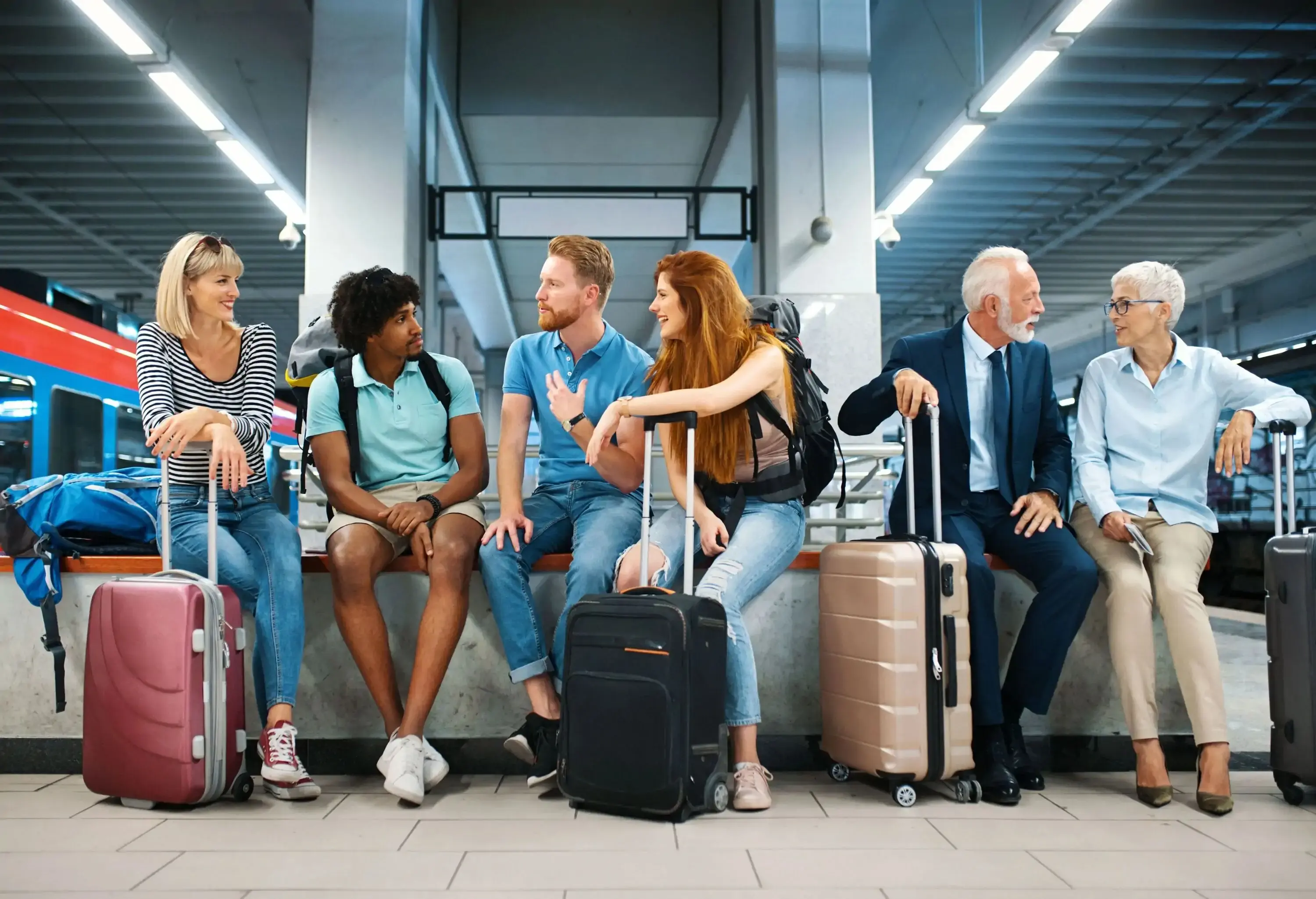
The best way to deal with lost luggage is to do your utmost to stop it getting lost in the first place. There are some simple precautions you can take to help make that happen. Here are my golden rules.
- Take carry-on baggage. If your bags are always with you, the airlines can’t lose them. Simple and effective.
- Use tracking tags. While old-school baggage tags can still be effective, I’ve always hated putting my personal details on show. Modern tracker devices like Apple’s AirTag are a simple, effective way to keep track of exactly where your bag is. Some airlines such as United Airlines are even integrating its ‘share item location’ feature into their own apps.
- Put your contact information in your bag. If the worst does happen, having your contact information clearly visible inside your bag will help airlines contact you. Go the extra mile and add your travel itinerary – it may help them get it back to you faster.
- Fly direct. It’s not always possible, but eliminating the major cause of lost luggage is a great way to reduce the chances of it getting lost. That means no connections and no luggage transfers.
- Remove old travel tags and stickers. If you’re anything like me, your bags are covered in old travel tags and airline barcode stickers from previous flights. Removing them reduces confusion over which flight your bags should be on, lessening the chance of a wrong rerouting.



